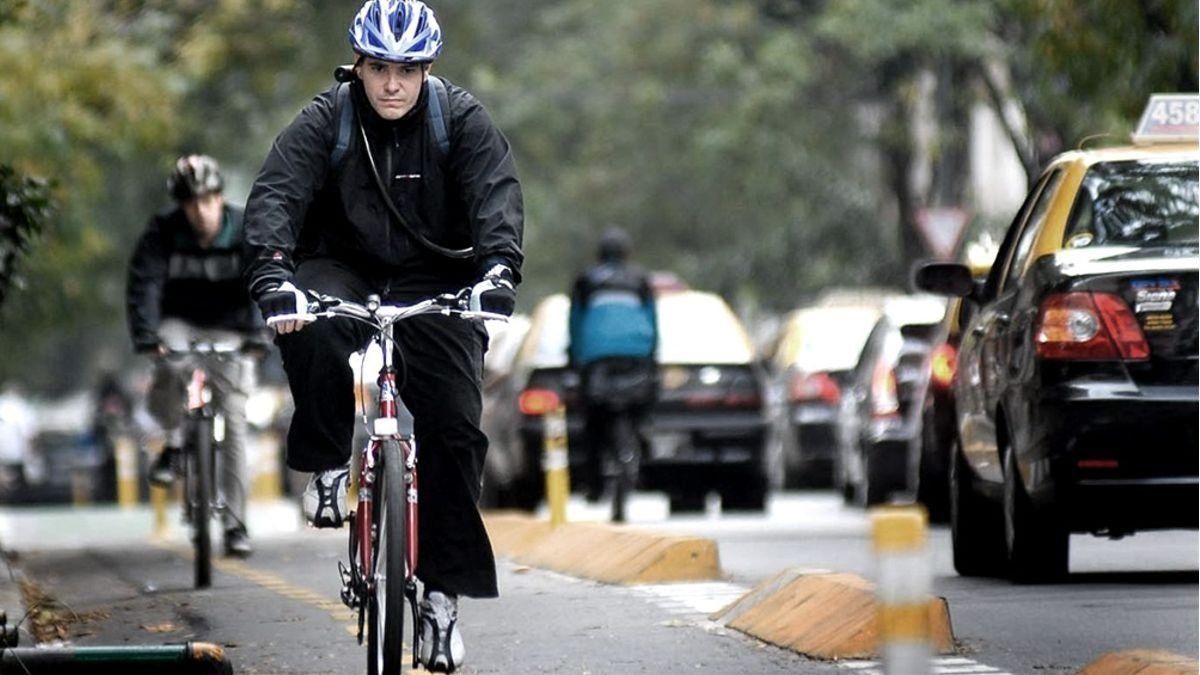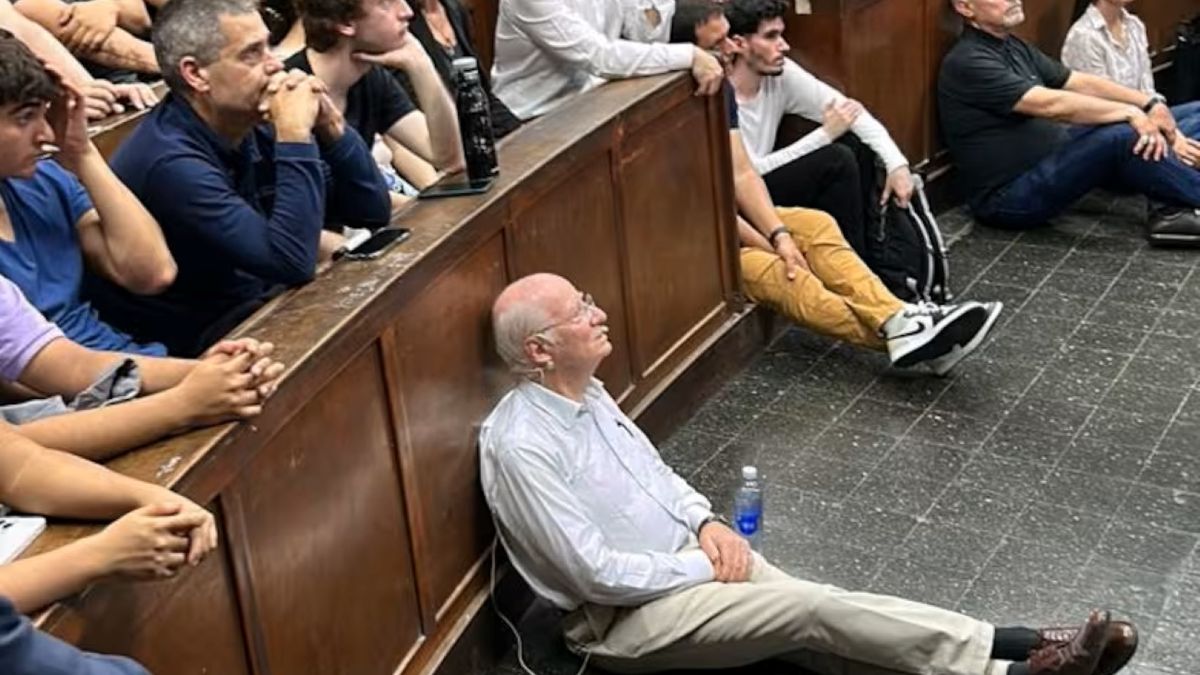More than 10% of transfers in CABA correspond to bicycles
The Buenos Aires government announces that by the end of 2023, the amount of exclusive lanes will rise from 267 to 300 kilometers. Everything in the framework of World bicycle Day which is celebrated this Friday, as an impulse to get on this two-wheeled vehicle.
The trend skyrocketed with the start of the pandemicwhen the porteños began to opt for a transport with less contact with the other, since the number of bikes in CABA went from 320 thousand in 2019 to 405 thousand in 2020, and it is estimated that in 2022 it had exceeded half a million.
But the trend can be traced back to 2013, when most of the bike lanes began to roll out. Between that year and 2020, the increase in annual bicycle trips reached 131%going from 52 million to more than 121 million trips.
In addition, in the city there ecobikea public bicycle transport system that until March 2021 was completely free, but since that date requires a daily, monthly or annual subscription.
According to the Buenos Aires government, CABA has 267 kilometers of exclusive lanes, and one of the 2021-2023 commitments assumed in terms of urban transformation is to reach 300 kilometers of bike lanes and one million daily trips.
Another service that has noted the increase in the number of bicycles is insurance, which, although not taken into account as much as in the case of a motorcycle or a car, has grown significantly. Is that according to reports from the insurance sector, bicycle thefts have increased by around 40% in recent years.
caba bike.jpg
why ride a bike
The reasons for using a bicycle instead of a motorcycle or a car go through ecology and health, but also through the economy. Maintaining a bike is not compared to a car or motorcycle. Urban planners agree that “it is the vehicle of the future, because it avoids traffic problems, infrastructure, stress, while contributing to health and the generation of green spaces”.
WHO initiative
According to the World Health Organization (WHO), offering a safe infrastructure for physical activities, such as walking or cycling, “is the way to achieve greater equity in health” since “for the poorest urban sectors who cannot afford their own vehicles, walking or cycling can become their means of transportation”.
But it also indicates that in this way “you can reduce the risk of heart disease, stroke, certain types of cancer, diabetes and even death.”
The problem of big cities
Meeting the needs of cyclists and even pedestrians is crucial to solving mobility problems in cities, to mitigating the increase in greenhouse gas emissions due to population growth, and to improving air quality and road safety. It is a simple, affordable, clean and environmentally sustainable means of transport, which contributes to cleaner air and less congestion.
Source: Ambito
David William is a talented author who has made a name for himself in the world of writing. He is a professional author who writes on a wide range of topics, from general interest to opinion news. David is currently working as a writer at 24 hours worlds where he brings his unique perspective and in-depth research to his articles, making them both informative and engaging.




